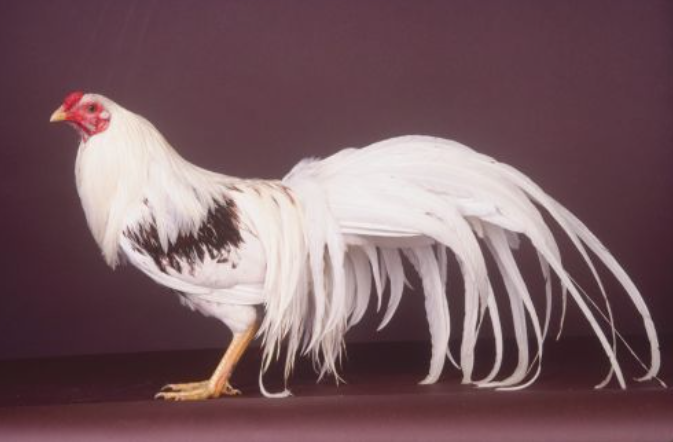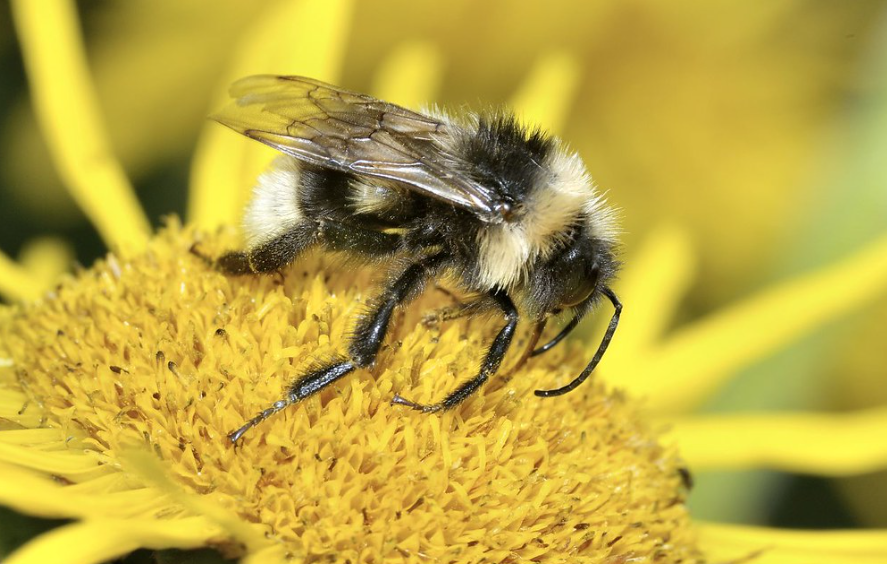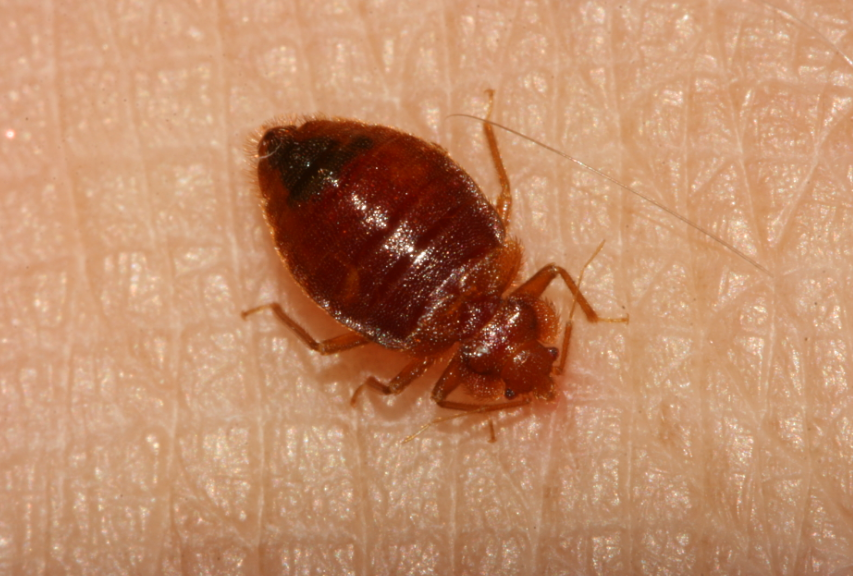
Quick Top 10 Facts about Bed Bugs
| SCIENTIFIC NAME | Cimex lectularius |
| CLASSIFICATION |
KINGDOM: Animalia PHYLUM: Arthropoda CLASS: Insecta ORDER: Hemiptera FAMILY: Cimicidae GENUS: Cimex |
| SIZE | Approximately 4-5 mm in length (about the size of an apple seed) |
| HABITAT | Found in cracks and crevices in homes, particularly near bedding, furniture, and other sheltered areas |
| DIET | Blood-feeding parasites, feeding on human and animal blood during the night |
| SPECIES | Several species of bed bugs exist, but the most common is Cimex lectularius |
| COUNTRY | Found worldwide, especially in places with high human populations and travel activity |
| GESTATION PERIOD | Eggs hatch in about 6-10 days, with the nymphs becoming adults in about 5 weeks |
| LIFE SPAN | Bed bugs can live up to 6 months without feeding, though they usually live 6-12 months under normal conditions |
| CONSERVATION STATUS | Bed bugs are not endangered, but their population has increased in recent years due to human migration and resistance to pesticides |
Amazing Facts About Bed Bugs
1. Bed bugs can live without feeding for several months
Bed bugs can survive without a blood meal for several months, making them resilient to periods of time without food.
2. They are expert hitchhikers
Bed bugs are often transported unknowingly in luggage, furniture, or clothing, making them widespread in areas with a lot of human traffic, such as hotels and apartments.
3. Bed bugs are nocturnal
Bed bugs are most active during the night, feeding on their host while they sleep, and hiding in cracks and crevices during the day.
4. Bed bug bites are not usually felt immediately
The bites are often painless at first, but can become itchy and red after a few hours or days.
5. They are not just found in dirty homes
Bed bugs are found in both clean and dirty environments, as they seek out places where humans sleep and feed.
6. Bed bugs can live for months without feeding
A bed bug can survive for up to 6 months without a blood meal, depending on temperature and other environmental factors.
7. Bed bugs are small but tough
Despite their small size, bed bugs are highly resilient, able to survive extreme conditions, such as cold temperatures for short periods.
8. They do not transmit diseases
While bed bugs can be a nuisance, they are not known to transmit diseases, unlike some other blood-feeding insects.
9. Bed bugs can reproduce quickly
A female bed bug can lay up to 5 eggs a day, and their population can increase rapidly if left unchecked.
10. They are attracted to body heat and carbon dioxide
Bed bugs locate their hosts through body heat and the carbon dioxide we exhale, which helps them find humans in the dark of night.
Common facts regarding bed bugs insects
Bed bugs belong to the family Cimicidae; they are tiny, wingless insects. Oval in form, their bodies are typically reddish-brown in colour. Blood from sleeping humans and animals is a common source of food for these nocturnal parasites. Bed bugs may easily spread across homes, hotels, and other public spaces because they are proficient hitchhikers.
Common places where bed bugs insects are found
One of the main entry points for bed bugs into a home is contaminated furniture or luggage. Their ability to conceal themselves in the creases and crevices of mattresses, box springs, and upholstered furniture may make it difficult to locate them. It is not filth or grime that attracts bed bugs, but rather the warmth and carbon dioxide released by their hosts. Thus, they often reside in beds and other sleeping areas.
Allergic reactions to bed bugs insects, and bites
People who have been bitten by a bed bug may have a range of symptoms, from extreme itching and allergic responses to none at all. While initially harmless, the bites may develop into severe welts or raised red pimples. Not everyone reacts to bed bug bites in the same way, and some people may not even show any visible symptoms at all. This is important to keep in mind. It is recommended that you contact a professional pest control company if you believe you have a bed bug infestation in your home so they can properly identify and treat the problem.
Feeding habits and nutrition for bed bugs insects
Pet and human blood are the primary food sources for bed bugs, which are tiny parasitic insects. Itching, irritation, and allergic responses may be brought on by their bites, yet they are not known to spread illness. It’s critical to comprehend bed bugs and the prevention and treatment of infestations since there has been a rise in bed insect infestations in several regions of the globe in recent years.
Colour and appearance of bed bugs insects
The reddish-brown bodies of bed bugs are oval in form and have a flat surface. Given their size—roughly the same as an apple seed—they are hard to miss. For this reason, mattresses and other sleeping places are often home to bed bugs, who are most active at night and drawn to warmth and carbon dioxide.
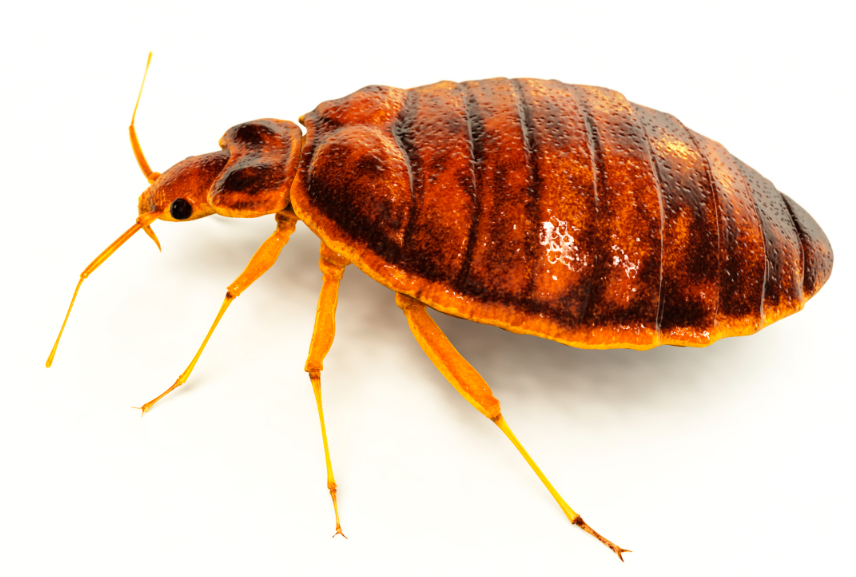
Risks of encountering bed bugs insects while travelling
Easily carried by clothes, furniture, and baggage. Additionally, they may fit through gaps and fissures between neighbouring flats or rooms. They may multiply quickly and spread across a space after they’ve located a good hiding place, such as furniture, box springs, or mattresses.
Physical characteristics of bed bugs insects
Due to their tiny size and secretive nature, bed bugs may be difficult to identify. Nonetheless, there are several indicators that can suggest their existence:
Physical signs of bed bugs (e.g. bites, blood spots)
Skin bites that are little and red, often in a line or cluster. Droppings from bed bugs may cause dark patches or stains on linens or furniture. Drop shells, similar to exoskeletons. The contaminated region has a musty smell. In order to stop the infestation from becoming worse and spreading to other parts of your house, you must act quickly if you suspect bed bugs.
Prevention and control against bed bugs insects
To minimize the anxiety and discomfort that bed bugs may bring, prevention is essential. To lower the danger, consider the following actions:
Precautions to take when staying in hotels or accommodations
Before unpacking, look for evidence of bed bugs in hotel rooms and other lodgings. When on the road, avoid placing your baggage near beds or upholstered furniture and keep it off the floor. Vacuum your house often, being mindful to get under the baseboards, beds, and furniture. Keep bedbugs away from mattresses and box springs by covering them with protective coverings. Closing wall, floor, and furniture gaps and crevices helps prevent hiding places.
Professional extermination options
Professional treatment is sometimes required to fully remove bed bugs if you already have an infestation. When recommending a treatment plan, a pest control specialist may evaluate the degree of the infestation and suggest the best course of action, which may include using heat, chemicals, or both.
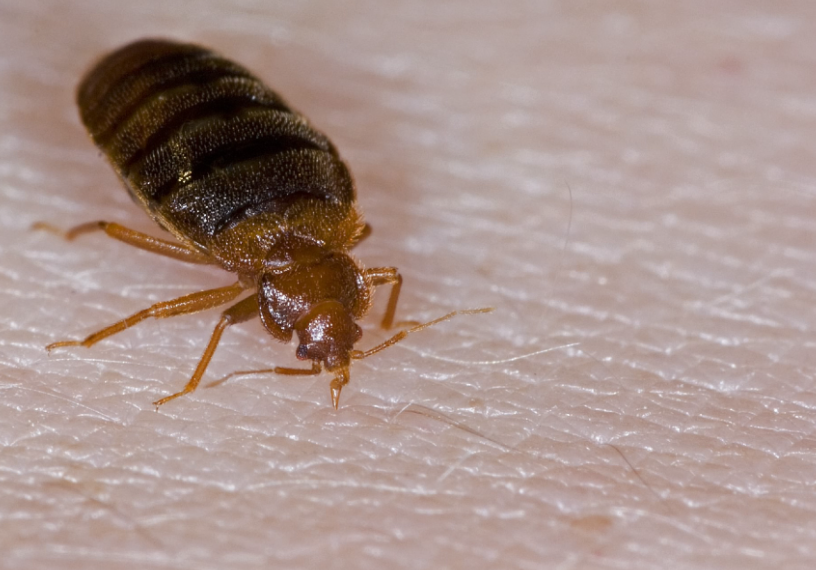
Effective methods for controlling bed bugs
Unwanted bed bugs may make you uncomfortable and interfere with your sleep. Early identification and efficient management of infestations depend heavily on knowledge of their appearance, behaviour, and telltale symptoms. You may reduce your chance of bed bug infestations and enjoy a pest-free home by adopting preventative measures and getting expert assistance when necessary.
FAQ (Frequently Asked Questions) about Bed Bugs
Q: What are Bed Bugs?
Ans: Bed bugs are small, flat, reddish-brown insects that feed on the blood of humans and animals. They are nocturnal and typically hide in cracks and crevices during the day, coming out at night to feed. They are not known to transmit diseases but can cause skin irritation and allergic reactions due to their bites.
Q: How do Bed Bugs spread?
Ans: Bed bugs can spread easily through travel. They often hitch a ride on luggage, clothing, furniture, or bedding. Once they find a new location, they may infest homes, hotels, and other areas. Because they are small and flat, they can easily hide in tiny crevices and cracks, making them difficult to detect.
Q: What do Bed Bugs eat?
Ans: Bed bugs feed on the blood of humans and other warm-blooded animals. They use their needle-like mouthparts to pierce the skin and suck blood, typically feeding for 3 to 10 minutes at a time. They are most active at night, feeding while their host is asleep.
Q: How can you identify Bed Bug bites?
Ans: Bed bug bites often appear as red, itchy welts or bumps on the skin. The bites are commonly in a line or cluster, as bed bugs tend to feed multiple times along the same area. The bites are typically found on exposed areas of the body, such as the face, arms, legs, and neck.
Q: Are Bed Bugs dangerous?
Ans: While bed bugs are not known to transmit diseases, their bites can cause irritation, itching, and allergic reactions in some individuals. In severe cases, prolonged exposure to bed bug bites can lead to secondary infections from scratching. Bed bugs can also cause anxiety and emotional distress due to the fear of infestation.
Q: How can you get rid of Bed Bugs?
Ans: Getting rid of bed bugs typically requires a multi-step approach. This may include thoroughly cleaning and vacuuming the affected area, laundering bedding and clothing at high temperatures, using chemical treatments or pesticides, and in severe cases, hiring a professional pest control service. It’s important to address all areas where bed bugs may hide, including cracks, seams of furniture, and under rugs or carpets.
Q: How do you prevent Bed Bugs?
Ans: Preventing bed bugs involves being cautious when traveling, inspecting hotel rooms and used furniture for signs of bed bugs, and using protective covers for mattresses and box springs. If you suspect a bed bug infestation, it’s important to act quickly to prevent them from spreading to other areas of your home.
Q: Where do Bed Bugs live?
Ans: Bed bugs typically live in cracks, crevices, and other hidden areas near where people sleep. They often hide in and around mattresses, box springs, headboards, and furniture. They can also be found in cracks in the walls, baseboards, and under carpets.
Q: How long do Bed Bugs live?
Ans: Bed bugs can live for several months without feeding, depending on the temperature and other environmental factors. In general, an adult bed bug can live for 2 to 6 months, but they may survive longer under favorable conditions.
Q: Can Bed Bugs live on pets?
Ans: Bed bugs prefer to feed on humans, but they may bite other warm-blooded animals if a human host is unavailable. However, bed bugs do not live on pets like fleas or ticks. They primarily inhabit the environment where people sleep or rest.
#BedBugs, #Insects, #PestControl, #BedBugBites, #HomeInfestation, #BloodSuckers, #Parasites, #BugControl, #BedBugPrevention, #HomeCleaning, #Health, #PestManagement
Our sources and references about Bed Bugs
1: Wikipedia – Bed Bug
2: CDC – Bed Bugs FAQ
3: EPA – Bed Bugs
4: NHS – Bed Bugs
